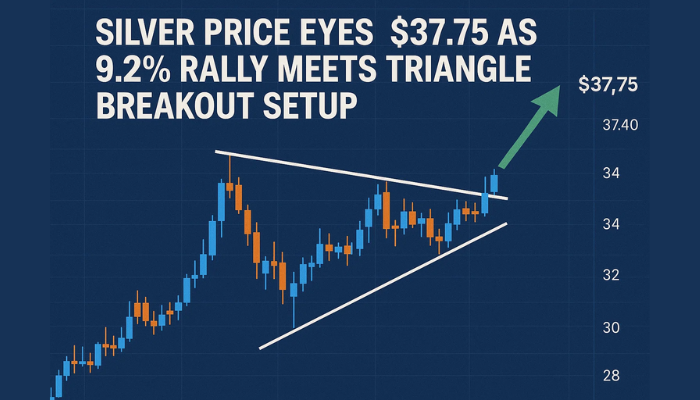Are U.S. Large Caps Nearing Exhaustion?
The Boeing Stock (BA) weekly chart illustrates the COVID-19 plunge, recovery, and consolidation in U.S. large caps.

Following the COVID-19 market meltdown of last March, U.S. large-cap stocks embarked on an epic recovery. Within 90 days, the leading American indices had regained a lion share of their losses. However, given this morning’s Q2 GDP figures, one has to wonder how long a full coronavirus recovery will take.
The Bullish Case For U.S. Large Caps
Stock market rallies like we have seen over the past four months don’t come around every day. The markets must first fall dramatically, as in 1929, 1987, or 2008. Then, investors have to bid embattled shares aggressively despite all traditional economic indicators. This is exactly what we have seen throughout Q2 2020; but, is it time for investors to grow weary of U.S. large caps?
According to the factors below, an extended bull run for stocks is possible:
- Stimulus: The U.S. government is getting ready to inject another $1 trillion directly into the economy. This will boost spending as well as sectoral stocks.
- QE: Yesterday, Jerome Powell once again committed to the FED’s policy of unlimited quantitative easing. Although rough on the USD, the policy will provide liquidity to companies and consumers across the board.
- Trump/Republican Election Victories: Should Trump win the White House and Republicans extend their reach in Congress, more tax cuts are on the way. Tax cuts are always welcomed on Wall Street.
- COVID-19 Vaccine: ANY good news on the COVID-19 vaccine front is poised to send U.S. large caps higher.
++47_2018+-+31_2020.jpg)
A Bearish Stock Market Scenario
Given the aforementioned factors, one can paint a rosy picture for U.S. large caps. However, there’s also a bearish scenario. Here are the key issues that can prompt a reversal:
- Trade War Escalation: If the “Phase One” U.S./China trade deal is rolled back, equities will take notice. If new tariffs are instituted, investors are likely to shift out of risk assets.
- Runaway Inflation: In the short-term, inflation will send stock values higher. Nonetheless, at some point, the FED will be forced to raise rates and abandon unlimited QE. Should this occur ahead of schedule, equities will enter correction quickly.
- Biden/Democratic Election Victories: Victories by Joe Biden and Congressional Democrats will send investors running for the hills. Democrat control means tax cut rollbacks, increased social spending, and banking/Wall Street regulation.
- Second Wave: If the COVID-19 pandemic explodes during Q3 and Q4 2020, 2021 may be a historically bad year for stocks. The pandemic is a true X-factor and may trump all other market drivers of U.S. large caps.
Bottom Line: Right now, the U.S. stock markets are facing unprecedented uncertainty. As a result, all we can really do is stay tuned to the news feed, keep losses manageable, and look for opportunities. By December 1, the picture will clear up quite a bit.
- Check out our free forex signals
- Follow the top economic events on FX Leaders economic calendar
- Trade better, discover more Forex Trading Strategies
- Open a FREE Trading Account


